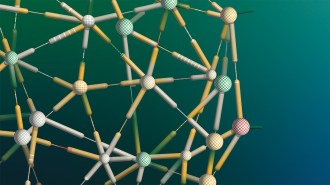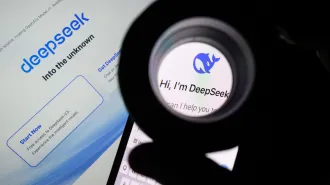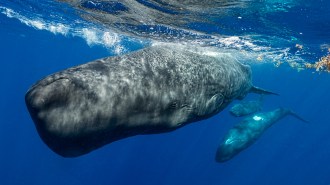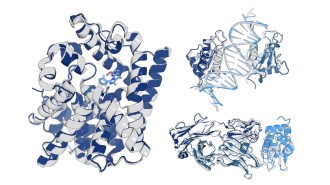AI-designed proteins test biosecurity safeguards
New fixes to monitoring software boosts its ability to catch AI-altered toxic proteins
Biosecurity screening software monitors DNA manufacturing orders for potentially harmful proteins. AI can design toxins that slip past security filters, but a new study shows software patches can help capture them.
nopparit/Getty Images





